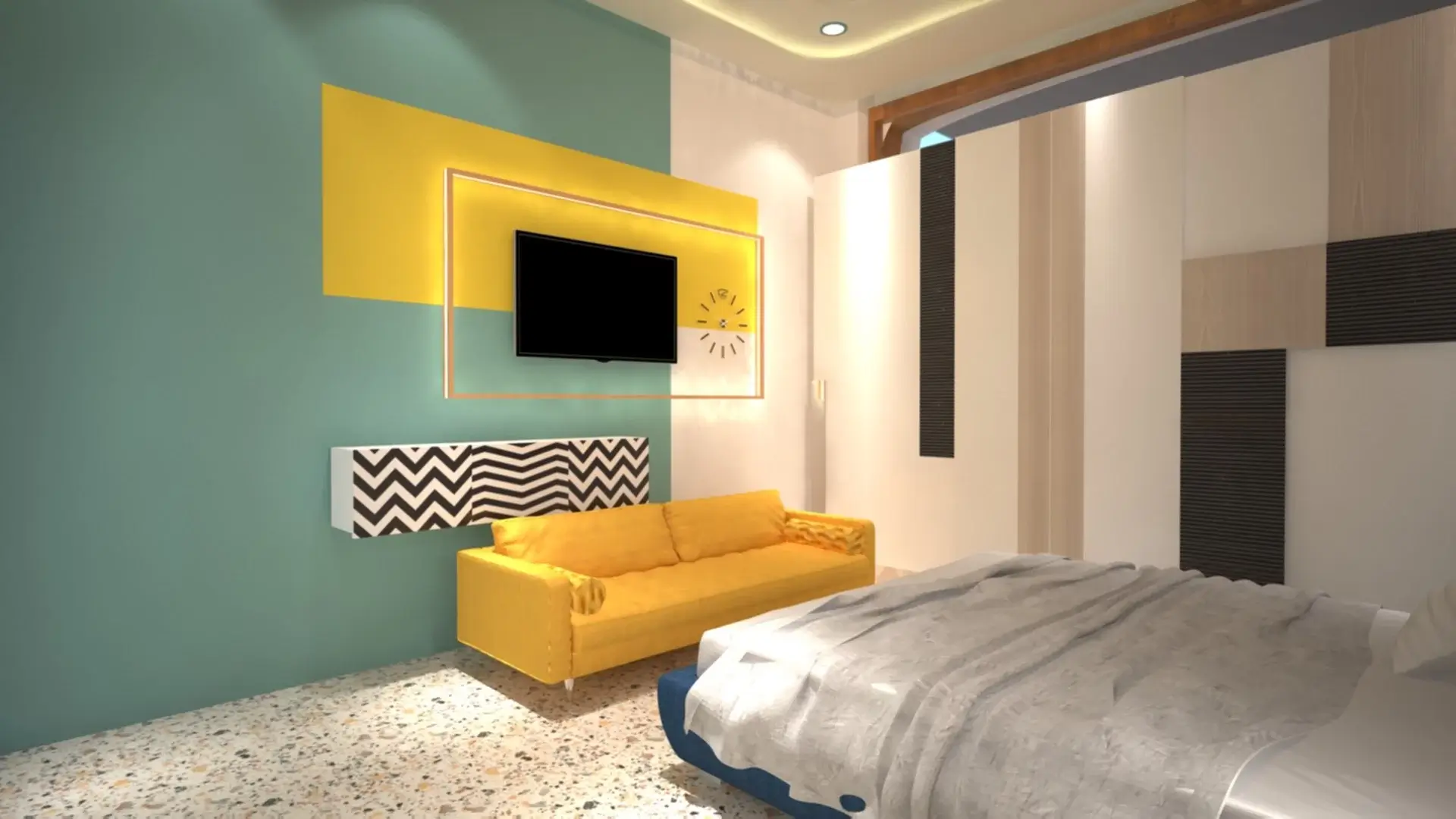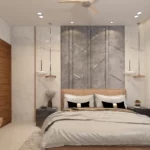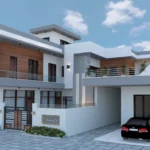What Makes Residential Interior Design Different From Commercial One?
Interior design has two further divisions, including residential and commercial. Though both aim to make the space more impressive, they are still different in many aspects.
Now, as you have come here and are reading this blog, let us help you get clarity on the differences between residential and commercial interior design. So, let us begin!
The Whole Idea
The difference between residential and commercial design begins with their purpose. Residential interior design includes planning and designing spaces for residential purposes, including apartments, condos, and homes. You can also define it as the art of creating functionally appealing spaces to live in.
Commercial interior designing is about planning and designing commercial or business spaces. It can include anything from a restaurant to a museum. Theatres, casinos, and any other kind of corporate space come under this.
Client’s Requirements
When working on a residential project, we see our clients being very particular about every corner of their homes. Well, that’s the whole point here! The residential interior design consists of making a space functional and livable. Being designers, we are supposed to create individualised spaces to ensure a homely experience for our clients.
Commercial spaces, on the other side, are larger and can have more technical requirements. They can even have distinctive design requirements, which may be taxing. For instance, clients for commercial interior design can require air conditioning systems, lift, multiple restrooms, parking spaces etc. Though you may ask some of them for residential interiors, you still may not have that many requirements.
Functionality and Further Specifications
Residential interior design does not come with an extensive list of subspecialties, but commercial interior designs do. These can include kitchen, bathroom, and living room interior design for residential. However, for commercial spaces, the list can keep going. Further specifications for commercial spaces can include an extensive list. Some can be retail, industrial, institutional, hospitality, corporate, etc.
Functionality in interior space is undoubtedly an important aspect. In the context of residential home design, the designer needs to consider the specific needs of a family or an individual. Well, when it comes to commercial interior design, the client provides more specifications as per their brand’s requirements. The sub-speciality of your commercial design will greatly affect the instructions an interior designer gets.
Commercial Involvement
When talking about this aspect, let us discuss it in terms of commercial interior design first. Some of the commercial projects can have involvement of the brands we are catering to. They can demand something specific to present their brand’s image. They can even have expectations of return on investment from their design. This also requires our designers to stay updated with the trends and ensure the best designs.
No designer has to emphasise a business or brand image for residential interior design. The goal is to come up with an outcome that matches the client’s requirements instead of a return on investment. Well, the case of condos and apartments is an exception here.
Despite these differences, many facets are still the same. Both residential and commercial designers have to consider certain elements. These include shapes, lighting, colours, surfaces, textures, and many others. Both designs demand us to understand these aspects’ impact on our clients. There is also a similarity in the knowledge we need to have about styles of design trends.
Drawing a Bottom Line!
It is time to draw the bottom line on our conversation about the differences between residential and commercial interior design. In this blog, you have come across the aspects on which both of them differ. They can include the project’s scope, the client’s requirements, functionality, and commercial involvement.
Despite all this list, there are also many similarities in these fields. Every interior designer will have to work on aspects like shapes, colours, surfaces, shapes, and textures. At 261 Degree Projects, our team knows about all these elements and can provide solutions to all your requirements. You can get in touch with us.





